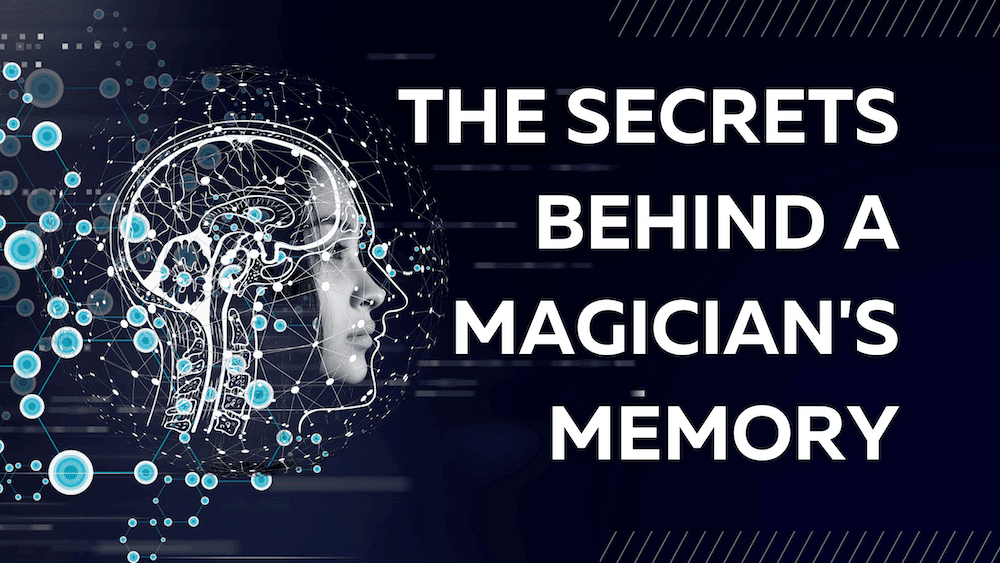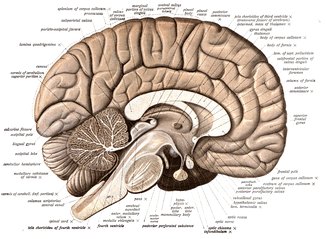Procedural Memory: The Key to Memorizing Complex Moves and Routines
If you’ve ever been to a magic show or seen a magician perform, you may have wondered how they remember such complex and often long sequences of moves and routines without any sort of references. These impressive levels of memorization are all possible due to one single powerful system in our brain called procedural memory. We use it as a tool to perform both basic and highly complex movements, such as opening doors or turning a key, but it can also be used to execute intricate card tricks or to flawlessly perform a disappearing act.
The Three Stages of Encoding Procedural Memories
Procedural memory is special in that it can be performed completely unconsciously. It’s the reason you can perform certain actions, like driving a car, without really thinking about it and without being able to explain how you did it in the first place. Encoding procedural memories on the surface seems easy; just repeat any movement over a long enough period of time. But looking deeper, research shows that this actually occurs in three important stages.
But here’s the catch: magicians don’t just use one single memory, but multiple memories strung together in a specific sequence. Doing so, with one memory triggering the next, sort of like a row of falling dominoes, they can potentially store massive amounts of data. For example, a magician’s complex card routine is actually comprised of individual procedural memories strung together. The next time you perform an amazing oil & water routine, could you remember all the phases independently? You may need to go through the phases one by one in order to remember the entire thing. That’s your procedural memory at work.
Overcoming Memory Slips in High-Stress Situations
One important thing to keep in mind is that procedural memory can easily fault in high-stress situations, like performing on stage in front of a big crowd. In these cases, anxiety causes static between the conscious and unconscious parts of your brain responsible for procedural memories, which creates memory slips or lapses. Intrusive thoughts like “here comes the difficult part” or “why are my hands shaking like that” can cause interference. While you can rely solely on procedural memory, you should try to combine memory with pre-established knowledge. For example, magicians often combine memory with knowledge of the principles of misdirection and the mechanics of their tricks to avoid memory slips completely ruining their performances. (But that’s another story for another time.)
The Connection Between Procedural Memory and Muscle Memory
You may ask yourself, “isn’t this just muscle memory?” Well, yes, kind of. Procedural memory is often referred to under the name “muscle memory.” However, this is a bit problematic, as it first suggests that procedural memory occurs in the muscles, which it doesn’t, and secondly, muscle memory is also used to describe a completely different phenomenon.
By understanding and harnessing the power of procedural memory, magicians can perform seemingly impossible feats with ease. The same principles can be applied to various other aspects of life, making procedural memory a truly powerful tool. So, the next time you watch a magician perform a mind-blowing trick, remember the incredible cognitive process that lies behind their seemingly effortless performance.

